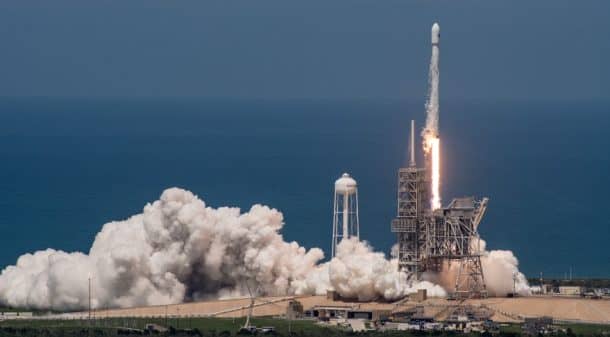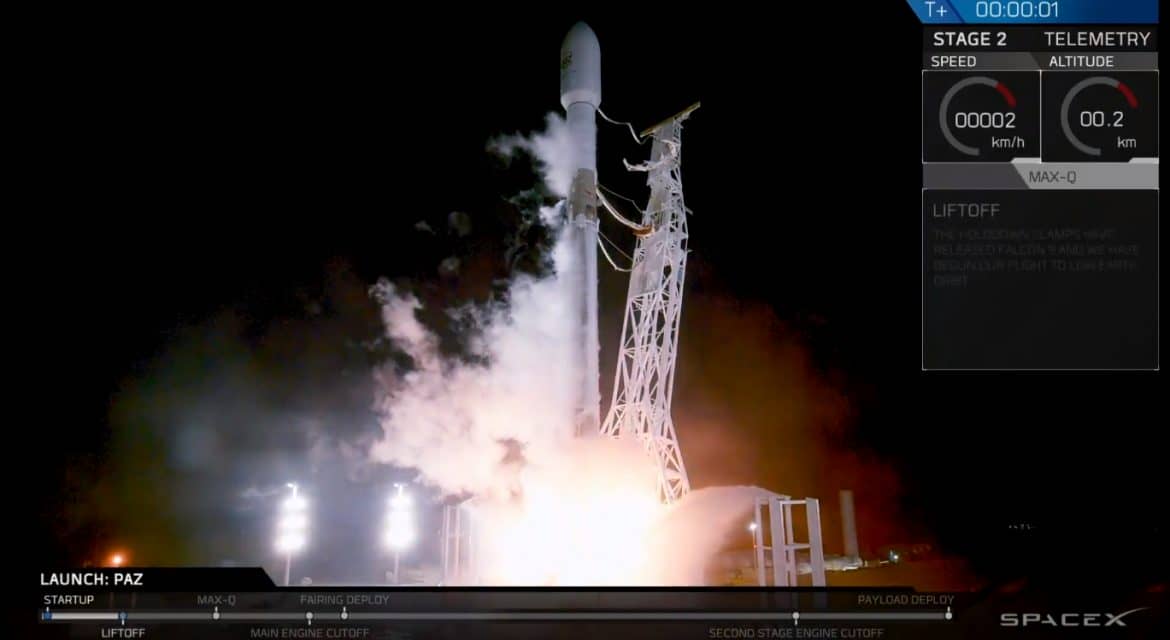The Falcon 9 reusable rocket might not be as big of a news as the launch of Falcon Heavy. However, Elon Musk didn’t launch a rocket for the sake of launching one. The CEO of SpaceX likes to set up new records every now and then. The basic mission of the rocket launched on Thursday was to carry Spain’s latest observation satellite, called Paz. The rocket’s payload was also carrying first two internet satellites of SpaceX. This pair of satellites can kick off a new phase for the company and for the global internet as well.
Today’s Falcon launch carries 2 SpaceX test satellites for global broadband. If successful, Starlink constellation will serve least served.
— Elon Musk (@elonmusk) February 21, 2018
Musk has been working on plans to launch internet satellites into orbit for some years now. In 2016, the FCC approved the launch of 4425 SpaceX internet satellites. The company then increased that number to almost 12000 which is six times the number of satellites that are orbiting the earth at the moment. According to the data from the Union of Concerned Scientists Satellite Database, there are 1738 active satellites in orbit right now. If we add some inactive 2600 satellites in the list, it will still make SpaceX’s presence three times of all other spacecraft in the Earth’s orbits.
These satellites are pretty small and about 390 kgs in weight. They will fill out the SpaceX proposed constellation of satellites which will beam high-speed internet back down to Earth. Two small telecommunication satellite prototypes Microsat-2a and Microsat-2br are riding with Paz. They will be the first to the future of the internet and each of them will be operating at a different frequency. Among the 12000 satellites, 4425 SpaceX internet satellites will be positioned at 11oo km above the Earth and other 7518 will be at 300 km above. The number of satellites, the positions of those satellites in orbit and their beaming ability is presenting a lot of challenge for the SpaceX.
The company needs to ensure that the satellites can coordinate with receivers on Earth. Another fundamental question here is that how the company will manage to keep track of so many objects in orbit and prevent them from colliding. If this fleet of satellites can be assembled and arranged, it can provide internet to almost any location on the Earth. This network will nullify the need for developing internet infrastructure.

In 2015, when Musk requested the permission from FCC to start his project, he said his goal is to handle more than half of the long-distance internet traffic. This will allow faster and direct communication between various continents. The impact on the local internet communication will also be less dramatic. Starnet will be handling only 10% of the total business. The other 90% will be on the local access to fiber. Musk said, “We’re really talking about something which is, in the long term, like rebuilding the internet in space.” Looks like SpaceX is another step closer to completing its project.


